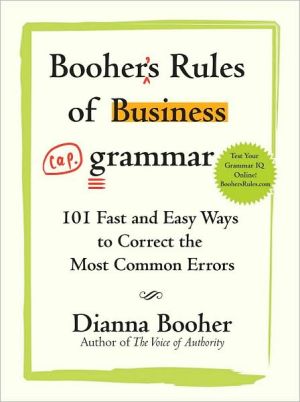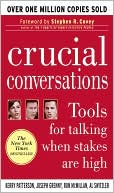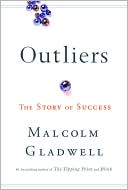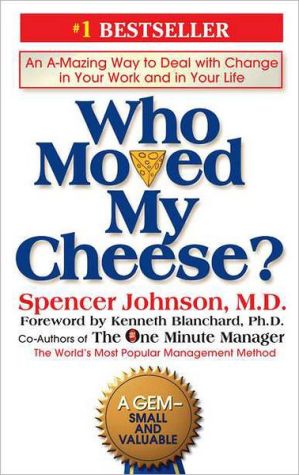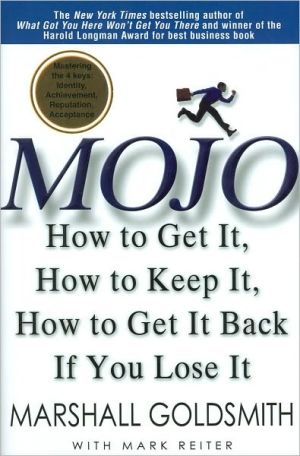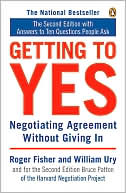Booher's Rules of Business Grammar: 101 Fast and Easy Ways to Correct the Most Common Errors
Speak and Write Like a Polished Professional\ “Dianna Booher nails it! The Memory Tips alone are worth\ the price of the book. This one’s a gem.”\ —John Baldoni, author of Great Communication Secrets of Great Leaders\ and How Great Leaders Get Great Results\ “Dianna Booher pulls off a deft and most impressive feat: In writing about tight,\ top-flight grammar, she shows those very same skills in abundance.”\ \ —Louis R. Carlozo, features staff writer, Chicago Tribune\ "This book seems to be...
Search in google:
Speak and Write Like a Polished Professional“Dianna Booher nails it! The Memory Tips alone are worththe price of the book. This one’s a gem.”—John Baldoni, author of Great Communication Secrets of Great Leadersand How Great Leaders Get Great Results“Dianna Booher pulls off a deft and most impressive feat: In writing about tight,top-flight grammar, she shows those very same skills in abundance.”—Louis R. Carlozo, features staff writer, Chicago Tribune"This book seems to be most useful as a desk reference for individuals, but itwill also be of interest to public libraries with collections that support career development."—Library JournalDoes your client owe the principal or principle? Is your company moving forwards or forward? Do you have over ten years' experience, or more than ten years' experience?Proper use of the written and spoken word determines whether or not you move ahead in your career. In Booher's Rules of Business Grammar, business communication guru Dianna Booher identifies the top 101 mistakes made in emails, presentations, and conversations every day. She briefly examines each one and explains what you need to know in order to avoid future mistakes. In addition, Booher includes effective “memory tricks” to reinforce comprehension and retention. In no time, you will learn how to: Recognize and rectify embarrassing grammatical mistakes Improve the clarity of what you say and write Solidify your understanding through the use of “memory tricks” Master the language-so you can focus on your business!Whether you decide to skim it and correct a mistake a minute or read the whole book in a couple of hours, use Booher's Rules of Business Grammar to set yourself apart as an expert communicator.Dianna Booher is CEO of Booher Consultants, a communication training firm, whose high-profile clientsinclude NASA, IBM, Lockheed Martin, Merrill Lynch, BP, and Siemens Medical. Her training programsare licensed and used through strategic partners around the world. Judy Solberg - Library Journal Bad grammar can be a stumbling block for individuals trying to advance their careers. Booher, the CEO of communications training firm Booher Consultants, has collected 101 common mistakes that appear in business presentations, emails, and documents. Starting with some of the tricky irregular verb forms (lie v. lay) she moves on to modifiers, pronouns, and various comparatives (fewer and less), as well as punctuation and stylistic concerns. Each section is short, usually two to three pages, and includes an explanation along with examples and a final tip to help readers remember the rule. There are some fun facts, like the role of manual typesetting in creating the rules for which punctuation marks precede quotation marks; evidently, smaller punctuation marks fell out of the case unless they were held in place by the quotation marks. This book seems to be most useful as a desk reference for individuals, but it will also be of interest to public libraries with collections that support career development.
\ Library JournalBad grammar can be a stumbling block for individuals trying to advance their careers. Booher, the CEO of communications training firm Booher Consultants, has collected 101 common mistakes that appear in business presentations, emails, and documents. Starting with some of the tricky irregular verb forms (lie v. lay) she moves on to modifiers, pronouns, and various comparatives (fewer and less), as well as punctuation and stylistic concerns. Each section is short, usually two to three pages, and includes an explanation along with examples and a final tip to help readers remember the rule. There are some fun facts, like the role of manual typesetting in creating the rules for which punctuation marks precede quotation marks; evidently, smaller punctuation marks fell out of the case unless they were held in place by the quotation marks. This book seems to be most useful as a desk reference for individuals, but it will also be of interest to public libraries with collections that support career development.\ —Judy Solberg\ \ \
